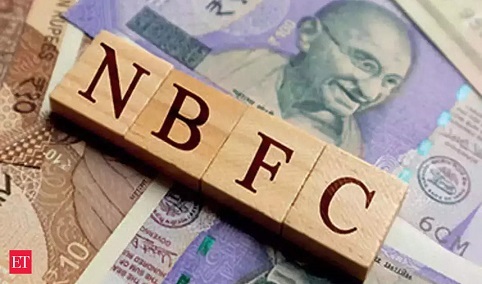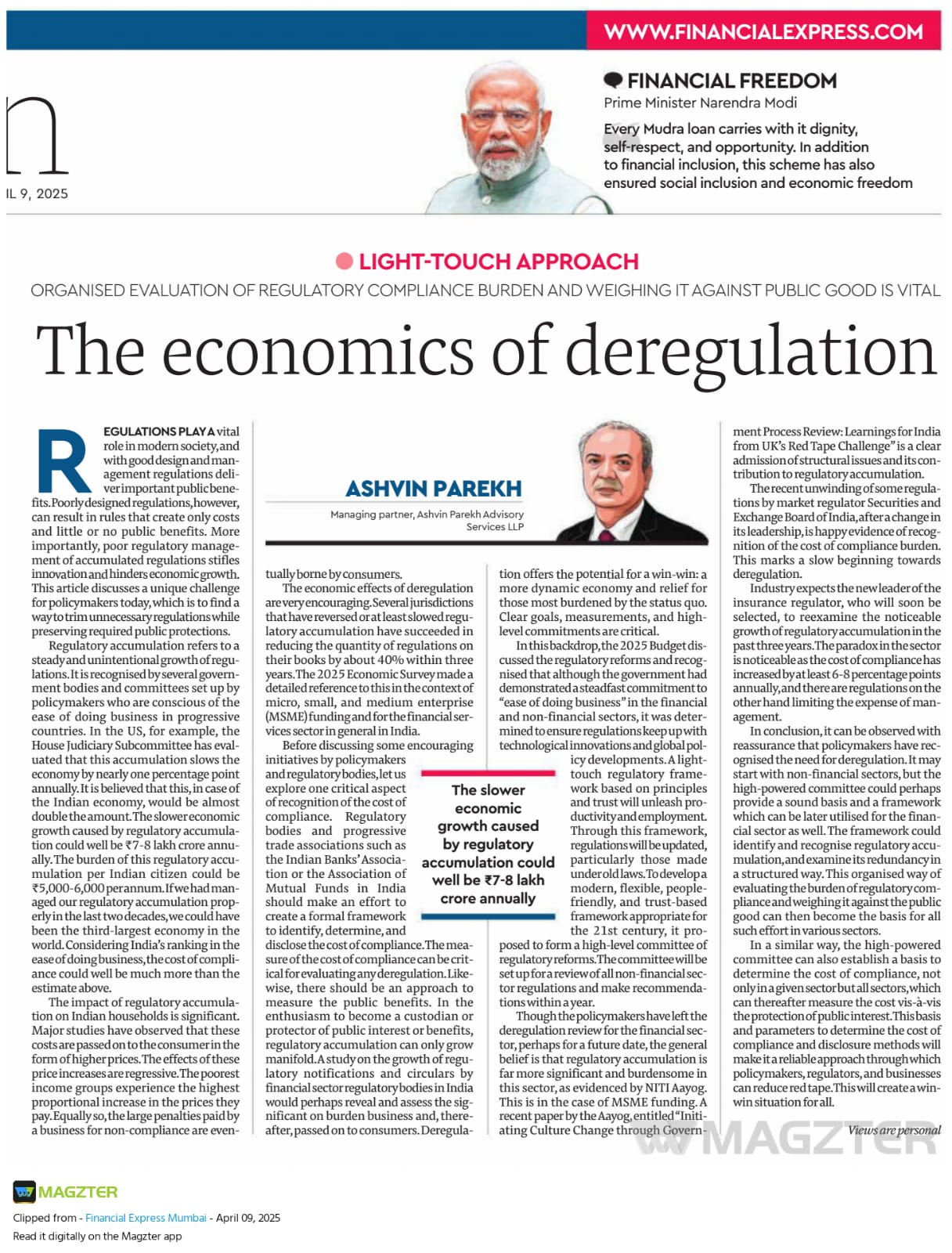by APAS Team
Share
by APAS Team
Share

he Reserve Bank of India (RBI) introduced a prompt corrective action (PCA) framework for large NBFCs, putting restrictions on them whenever vital financial metrics dip below the prescribed threshold.
This brings them almost on a par with banks in terms of supervision and regulatory reach. This follows the scale-based regulations and revision in NPA norms brought in by the RBI for the NBFC sector.
The PCA framework for NBFCs comes into effect on October 1, 2022, on the basis of their financial position on or after March 31. It will be applicable for all NBFC-D and NBFC-ND (middle, upper and top layers). However, those not taking deposits and with an asset size of less than INR 1000 crore, primary dealers, government owned NBFCs and HFCs are exempt from this framework. Therefore, this will be applicable for only a few NBFCs, while the vast majority of the nearly 10,000 NBFCs will be excluded. However, the RBI can take any action, irrespective of the size of an NBFC.
The move to NBFCs was prompted by the growing importance of NBFCs in the Indian financial ecosystem. These NBFCs have rapidly expanded over the last few years with lower regulatory constraints as compared to banks.
Possibly, the move follows from a flurry of serious financial problems at NBFCs such as DHFL, IL&FS, SREI, Reliance Capital and other smaller companies. The IL&FS crisis had caused public markets to plunge as it was one of the largest Indian NBFCs. These firms are collectively yet to pay around INR 1 lakh crore to investors. With multiple privately run NBFCs potentially becoming ‘too big to fail’, the RBI had to find ways to prevent any permanent damage from them.
Under the framework, there will be 3 risk thresholds and 3 yardsticks to measure them. The restrictions against an NBFC get progressively tightened as it breaches higher threshold levels. A breach of any criterion, such as capital adequacy ratio, tier-1 capital, net NPA ratio, triggers PCA action.
The first risk threshold of the PCA will be triggered when the capital adequacy ratio of the NBFC falls below the regulatory minimum of 15%, second if it falls below 12% and third below 9%. Similarly, there are trigger points for tier-1 capital and net NPA ratio as well. For core investment companies, leverage and asset quality will be the core criteria for evaluation.
An NBFC under the PCA framework, caused by triggering the first threshold, will face restrictions on dividend distribution and promoters will be asked to infuse capital and reduce leverage. Upon hitting risk threshold 2, the NBFC will be prohibited from opening branches, while on risk threshold 3, capital expenditure will be stopped, other than for a technological upgrade.
In case of banks, currently, there is just a single bank under the PCA framework – Central Bank of India (CBI). In the past, 11 badly performing PSU banks and a couple of private banks had been brought under the PCA framework. The controls put on these banks helped them improve their financial status. Even CBI has improved its financial condition and is no longer required to work under the PCA. As a result, it has requested to be taken out of PCA.
A result of the framework would be better regulation of NBFCs that could potentially face financial issues and would come under the purview of the RBI. In addition, the RBI has provided a window for NBFCs to shore up their finances as per the new changes to avoid any issues. The larger NBFCs have managed to maintain asset quality, raise capital, while growing the loan books.
Once an NBFC demonstrates no breaches of the terms and thresholds laid out by the RBI, it would be allowed to move out of the system. The central bank wants NBFCs under the PCA to show no breach of thresholds for four continuous quarterly financial statements, and one audited annual statement.
As of now, most of the large NBFCs are comfortably poised to comply with the regulations. Many NBFCs have raised capital before and during pandemic, leading to an improvement in their capital buffers, and carried excess expected credit loss provisions to navigate the pandemic impact on asset quality. However, any increase in the asset quality challenges in form of slippage from the restructured books will lead to NBFCs turning cautious in terms of increasing provisions to maintain the risk threshold within the permitted limits on the asset quality side.
STAY IN THE LOOP
Subscribe to our free newsletter.
The slower economic growth caused by regulatory accumulation could well [...]
Navigating the Future of Consulting: The Role of Digital Transformation [...]
HDFC Bank Completes Merger, Forging a Financial Powerhouse and Global [...]



